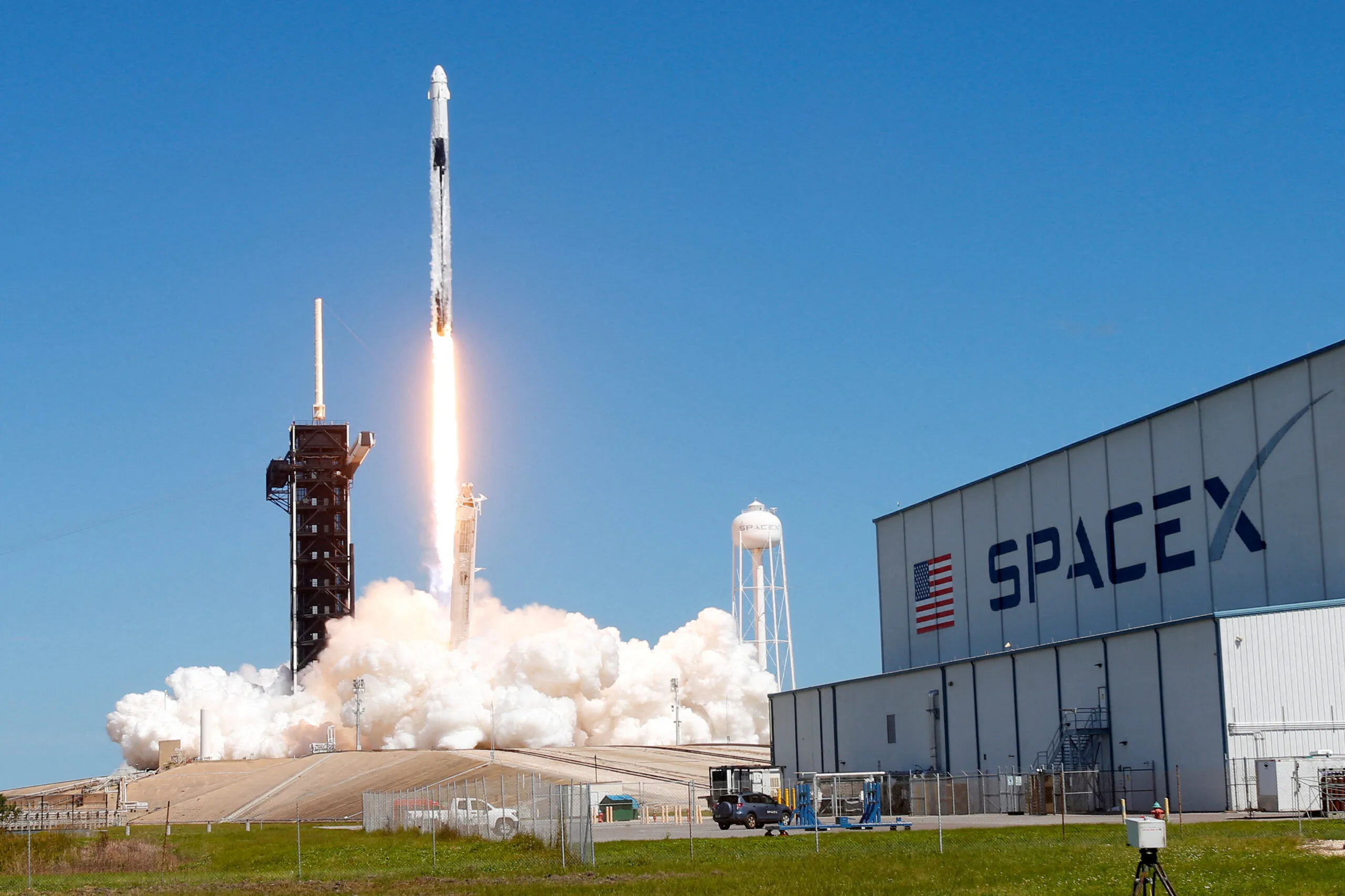
SpaceX is gearing up for the fourth flight of its colossal Starship rocket on June 5, aiming to pioneer a reusable heat shield for orbital return—a milestone not yet achieved in aerospace.
Elon Musk, CEO emphasized on his social media platform X, the significance of this test, which will focus on the durability and efficacy of the second stage’s heat shield during reentry. This test follows a series of developmental flights, the most recent of which marked Starship’s first successful orbit.
Testing the Head Shield’s Durability
The upcoming mission centers on the Starship’s second stage, also known simply as Starship, surviving the intense thermal conditions of reentry. This involves an innovative heat shield composed of 18,000 ceramic hexagonal tiles designed to protect against the high reentry temperatures.
Musk underscored the fragility of the current design, noting the potential catastrophic outcomes from the loss of even a single tile. Further challenges include establishing a robust supply chain for these advanced materials and scaling up production.
Previously, SpaceX has made significant strides in the domain of rocket reusability with the Falcon 9, which has completed 56 missions this year. However, the Falcon 9’s design only recovers the first stage, with the second stage being expended. By aiming for full reusability of both stages, SpaceX hopes to drastically reduce costs and increase the payload capacity to orbit.
Aiming for a Soft Splashdown
For the forthcoming test, the goal is to achieve a controlled reentry of Starship with a soft splashdown in the Indian Ocean, complementing the planned ocean splashdown recovery of the Super Heavy booster. This ambitious endeavor not only seeks to refine the technology but also to enhance the safety and sustainability of space travel, supporting SpaceX’s broader vision of extensive cargo and crew missions to orbit and beyond.
In preparation for this critical flight, SpaceX must secure a commercial launch license from the U.S. Federal Aviation Administration (FAA), which also monitors compliance and safety of such innovative ventures. The FAA’s involvement is particularly pertinent given the outcomes of previous Starship tests, which included two mid-air explosions and a disintegration prior to ocean impact.
Despite these setbacks, each test has provided valuable data, assisting SpaceX in refining the design and execution of its flight operations. Notably, the third flight achieved full-duration burns and successfully reached orbit, demonstrating progressive improvements in each test.
Related News:
Featured Image courtesy of JOE SKIPPER/REUTERS
